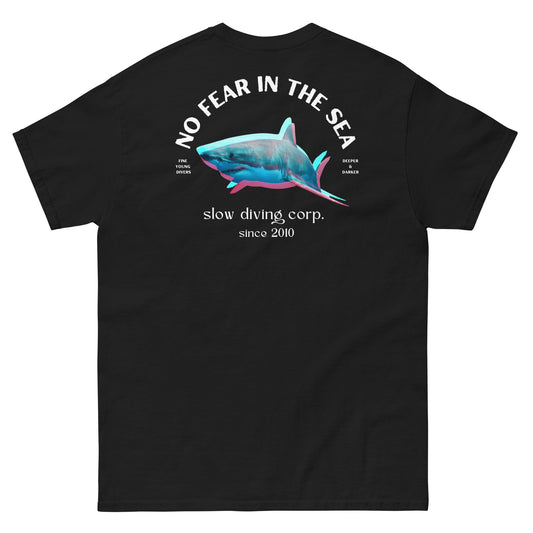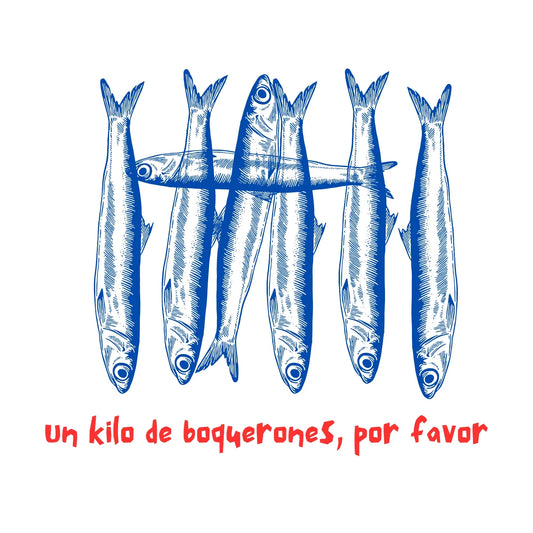Azores has more than 100 dive sites, sightings of up to 24 different cetacean species, diving with sharks, dives through the naval history of Portugal, high visibility in clean waters, more than 3,000 marine species, vertical walls, seamounts emerging from the Atlantic Ocean abyss, amazing encounters with whale sharks, manta rays and mobulas just a step ahead of continental Europe. The Azores are a great diving destination with so much to offer. And not just for divers.
The Azores are an archipelago of nine volcanic islands in the middle of the Atlantic Ocean, part of Portugal and only 3 hours away from the Iberian Peninsula. Two unique features make the Azores a unique place: the combination of subtropical and oceanic climate and also that its islands are bathed by the rich waters of the Gulf Stream. Krill, plankton and shoals of small fish like sardines attract large predators, allowing you to dive with large species but also with the smallest in a scenario of extraordinary geological formations, memory of the recent creation of these islands.
Book your dive in the Azores
SEE ALL DIVING OFFERS IN THE AZORESThe best time to dive in the Azores is from June to October, when mobulas, mantas and whale sharks come to the archipelago. The currents are weaker on the seamounts and visibility can reach up to 60 meters. Nevertheless, in the Azores you can dive all year round with water temperatures not lower than 16°C.
Best diving spots in Azores

Mobulas are another great attraction of Azores diving. Pic by willi.willi
Diving in the Azores is divided between seamounts and offshore diving in the islands or near the coast of the islands:
Azores seamounts
Princess Alice
Located 50 miles from Pico Island, Princess Alice is one of the most spectacular dive sites in the Atlantic. With crystal clear waters, this seamount is full of pelagic fauna: blue sharks, hammerheads, schools of mobulas, schools of barracudas, dolphins... A real experience for every diver and a must for the first visit to the Azores. Read more about diving in Princess Alice >>>
Condor Bank
Condor Bank has shark diving as its main attraction. This area, the first seamount protected from fishing, has become very popular due to the visits of two of the most beautiful oceanic sharks: the shortfin mako shark and the blue shark, which are attracted by chumming. In Condor Bank you can have encounters with dolphins, especially spotted dolphin, bottlenose dolphin and common dolphin species.
T-Shirts Designed by Divers for Divers
VIEW MORE T-SHIRTS FOR DIVERSCondor Bank has in the shark diving its main lure. This area, first seamount protected from fishing, has become very popular by the visits of two of the finest ocean sharks: shortfin mako shark and blue shark, which are attracted by chumming. In Condor Bank you can have encounters with dolphins, especially spotted dolphin, bottlenose dolphin and common dolphin species. Read more about diving in Condor Bank >>>

Pic courtesy by ©James R.D. Scott
Dom João de Castro bank
This underwater volcano has the cleanest waters and best visibility in the Azores archipelago. In this bank you'll dive on vertiginous walls that attract amazing pelagic creatures such as mobulas, schools of tuna, wahoos or sea turtles to an area full of typical wildlife of the Atlantic Ocean. Read more about diving in Dom Joao de Castro >>>
Formigas islets
The small islands of Formigas are located 20 miles from Santa Maria. Their coasts offer quality diving and access to the Dollabarat Bank, a seamount torn by currents that attracts Galapagos sharks, schools of tuna, giant oceanic manta rays and, if you are lucky, hammerhead sharks. Read more about diving in Formigas >>>
Santa Maria
Santa Maria is the smallest of the Azores, but one of the most popular among divers. The large number of marine species that can be found in its 10 dive sites represent an extraordinary diving holiday on an island of only 90 km2.
Santa Maria not only gives you the opportunity to dive with whale sharks during the summer, you can also be a spectator of a unique show, just three miles off the coast, in Ambrosio, you'll have the chance to dive with dozens of mobulas tarapacana (sometimes groups of up to 50 have been sighted).
If that is not enough, you can meet sunfish, large schools of sardines or barracudas, typical fauna of the Atlantic Ocean such as pollock, moray eels, large groupers, rays and octopus in a beautiful landscape full of lava walls, tunnels and black coral. Read more about diving in Santa Maria >>>
Faial
Faial is one of the islands from where you can go for whale watching trips around the Azores, especially sperm whales and blue whales, and you can also reach the Condor Bank from this island. On Faial you can find more than 12 dive sites with beautiful canyons and abundant marine life typical of the Azores archipelago.
In the strait between the islands of Faial and Pico are the most interesting dive sites, with curious geological formations such as the "Gruta dos Camarões". Read more about diving in Faial >>>
Pico
Pico Island offers a variety of dive sites, with steep walls, canyons, pinnacles and sandy plateaus along the coast, and provides access to one of the best offshore dives, Princess Alice.

Shortifin mako sharks come around Pico Island to feed. Pic by jidanchaomian
Terceira
Terceira is an island of great historical and cultural value, with the city of Angra do Heroismo declared a UNESCO World Heritage Site. In fact, this island was very important in the Age of Discovery and the Portuguese Empire. It is also important to divers for its great variety of dive sites. In Terceira you'll have the chance to dive in an underwater archaeological park that shows the importance of this island and its naval history in the "Cemetery of Anchors" or the wreck "Lidador" sunk over 130 years ago. Read more about diving in Terceira >>>
Graciosa
Graciosa is the second smallest island of the Azores, but it has interesting dive sites and a good network of dive centers. In Graciosa you can dive along a coast that shows large schools of small pelagic fish, interesting underwater caves and even an easy to dive wreck full of life: Terceirense. Read more about diving in Graciosa >>>
Sao Jorge
Sao Jorge is a long, narrow island with steep cliffs full of vegetation where both mountaineers and surfers (in fact it is known as one of the best places in Europe for this sport) and of course divers have a lot to discover. The strong currents that this island receives attract many different sized pelagic creatures and in the south of the island you'll find some great caves and beautiful rock formations. Read more about diving in Sao Jorge >>>

Sao Miguel
Sao Miguel is the largest island in the Azores archipelago and the one that offers the most dive sites and variety of diving. In Sao Miguel you can dive in World War II wrecks, marine reserves, pinnacles that receive strong currents, pelagic animals, mobulas or through caves and grottos with beautiful lighting effects. Read more about diving in Sao Miguel >>>
Flores
The island of Flores is the westernmost part of Europe and has extraordinary tropical landscapes: beautiful vegetation, fields of blue hydrangeas, the incredible lake "Lagoa das patas" hidden among trees and fed by dozens of small waterfalls... And, of course, it is also of great interest for the sea lovers: caves, schools of triggerfish, moray eels or rays are present in the dives of this great small island. Read more about diving in Flores >>>
Corvo
Corvo, the smallest island of the Azores archipelago, is an extinct volcano with a huge caldera inside that forms a spectacular landscape. Besides being a privileged place for birdwatching during migrations, it has five dive sites of great diversity where you can see large groupers, schools of pelagic fish, ornate wrasses, rays or a great variety of moray eels. Read more about diving in Corvo >>>

























